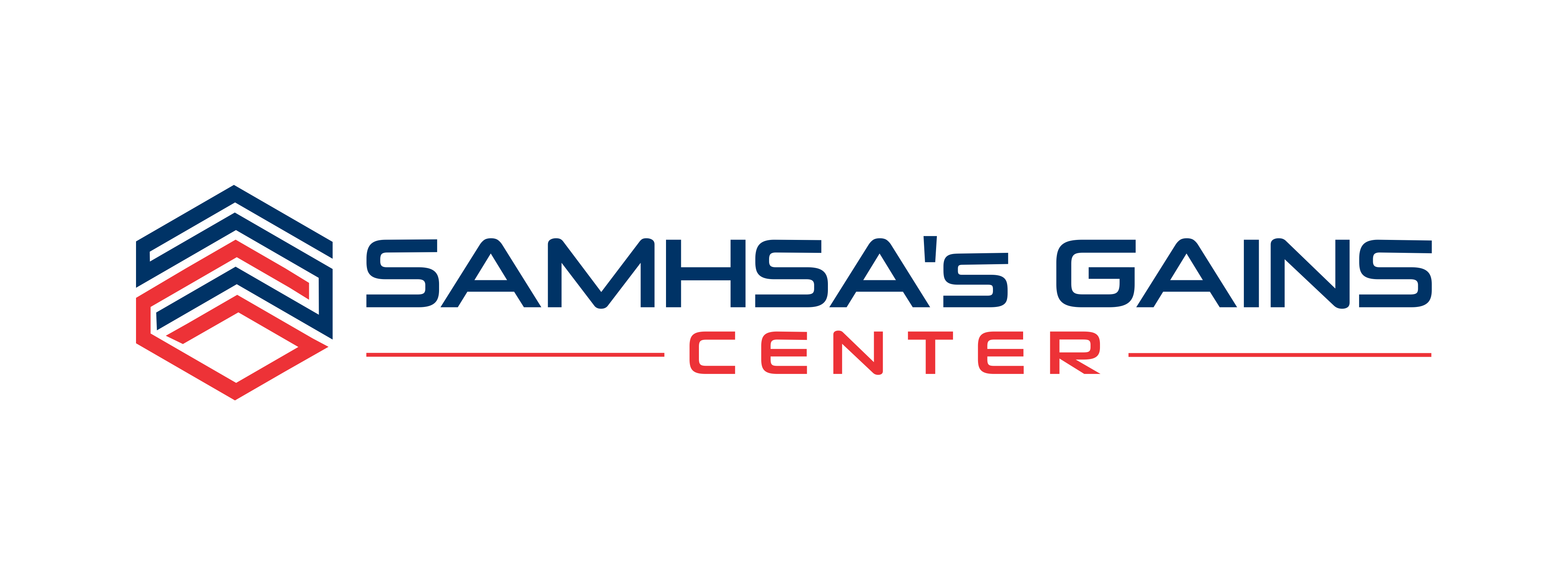Judith Griffin, M.D., Director of Research, The REACH Project, Inc.
The overdose crisis continues across the United States, with over 70,000 individuals losing their lives in 2017. Widespread action is needed to prevent the perpetuation of this crisis, and the approach of REACH Medical (REACH), an innovative practice serving the Southern Tier of New York State, offers solutions for many of the substantial challenges posed to successful overdose prevention by typical service systems.
Effective treatments exist for the management of substance use disorder (SUD), including medication for opioid use disorder with buprenorphine or methadone (1), yet access to these life-saving treatments remains limited. Many individuals at high risk of complications associated with drug use experience disparities in access to medical care and barriers to obtaining evidence-based medication treatment for opioid use disorder (OUD). Stigma deters people with SUD from accessing healthcare services regularly (2,3). Accessing evidence-based medication treatment for OUD specifically is further complicated by several factors: methadone is only available at designated opioid treatment programs that often require daily attendance, while few office-based physicians have obtained the necessary authorization to prescribe buprenorphine, and even fewer actively prescribe this medication (4,5).
Though criminal justice involvement is common among individuals with OUD, access to treatment is limited in jails and prisons. When returning to the community, formerly incarcerated individuals experience a 12.7-fold increase in the risk of death during the first 2 weeks post-release, largely from overdose (6). Providing such individuals with access to medication while in jail or prison and prearranged linkage to care upon release is critical to addressing the overdose crisis.
REACH is an independent medical practice owned and operated by The REACH Project, Inc., a 501(c)3 non-profit organization. REACH—an acronym for Respectful, Equitable Access to Compassionate Healthcare—opened in February 2018 with the goal of reducing the negative impact of OUD in New York’s Southern Tier. REACH offers low-threshold, integrated services, including medication-assisted treatment (MAT) for OUD, comprehensive primary care, behavioral health services, and Hepatitis C and HIV testing and treatment.
REACH operates within a harm reduction framework, and we work with our patients to help them set and achieve their own goals. A harm reduction approach focuses on reducing the potential negative consequences of drug use, including overdose, transmission of Hepatitis C and HIV, and other complications, such as endocarditis. We distribute naloxone (Narcan) to all patients and also provide access to this life-saving overdose reversal agent to family, friends, and others at high risk of witnessing an overdose.
To lower the barriers to accessing MAT and other medical services, we don’t require abstinence from drug use or mandated participation in adjunctive care (e.g., group therapy) that has not been shown to improve outcomes. We reduce stigma associated with OUD and other drug use by training our providers and staff to use person-first language (e.g., “person who uses drugs,” or “PWUD,” rather than “addict” or “junkie”) and other non-stigmatizing language, in addition to creating a judgment-free, supportive environment regardless of background. We work closely with the reentry coordinator at our local jail to link individuals returning to the community with medical care and access to MAT upon release.
A trained healthcare workforce with knowledge of evidence-based treatments for OUD, harm reduction strategies, and cultural competence is critical to ensuring access to effective treatment. In the first 12 months of operation, REACH successfully assisted 10 providers in obtaining their Drug Addiction Treatment Act of 2000 waiver to prescribe buprenorphine, thereby significantly increasing access to MAT in our community. This group comprises a mix of physicians and advanced-practice providers, including two part-time primary care providers and one part-time psychiatric nurse practitioner, with specialties including internal medicine, family medicine, and emergency medicine. We are also working with our local hospital and community college to develop the future workforce by training student doctors and nurses in our model.
Since opening in early 2018, REACH has seen over 1,300 unique patients, with nearly 950 receiving MAT for OUD. Among those 950, our retention rate has been approximately 80%. We have over 60 patients engaged in treatment for Hepatitis C, and we have distributed over 1,200 naloxone kits. Over 80% of our patients are enrolled in Medicaid. Moving forward, we will continue to expand and evaluate our approach in the service of our patients and community. While REACH is a relatively new, regional institution, the impact of our work so far offers learnings that may help curb the overdose crisis far beyond our service area.
References
- Mattick, R. P., Breen, C., Kimber, J., & Davoli, M. (2014). Buprenorphine maintenance versus placebo or methadone maintenance for opioid dependence. Cochrane Database of Systematic Reviews. https://www.cochranelibrary.com/cdsr/doi/10.1002/14651858.CD002207.pub2/full
- Paquette, C. E., Syvertsen, J. L., & Pollini, R. A. (2018). Stigma at every turn: Health services experiences among people who inject drugs. International Journal of Drug Policy, 57, 104–110. https://doi.org/10.1016/j.drugpo.2018.04.004
- van Boekel, L. C., Brouwers, E. P. M., van Weeghel, J., & Garretsen, H. F. L. (2013). Stigma among health professionals towards patients with substance use disorders and its consequences for healthcare delivery: Systematic review. Drug and Alcohol Dependence, 131(1–2), 23–35. https://doi.org/10.1016/j.drugalcdep.2013.02.018
- Jones, C. M., Campopiano, M., Baldwin, G., & McCance-Katz, E. (2015). National and state treatment need and capacity for opioid agonist medication-assisted treatment. American Journal of Public Health, 105(8), e55–e63. https://doi.org/10.2105/AJPH.2015.302664
- Stein, B. D., Gordon, A. J., Sorbero, M., Dick, A. W., Schuster, J., & Farmer, C. (2012). The impact of buprenorphine on treatment of opioid dependence in a Medicaid population: Recent service utilization trends in the use of buprenorphine and methadone. Drug and Alcohol Dependence, 123(1–3), 72–78. https://doi.org/10.1016/j.drugalcdep.2011.10.016
- Binswanger, I. A., Stern, M. F., Deyo, R. A., Heagerty, P. J., Cheadle, A., Elmore, J. G., & Koepsell, T. D. (2007). Release from prison—A high risk of death for former inmates. New England Journal of Medicine, 356(2), 157–165. https://doi.org/10.1056/NEJMsa064115


